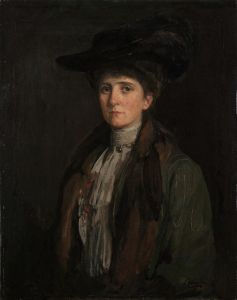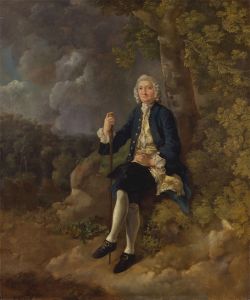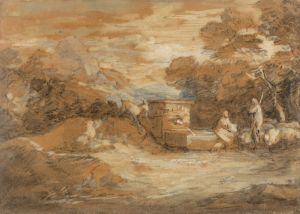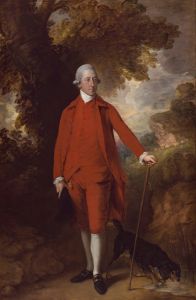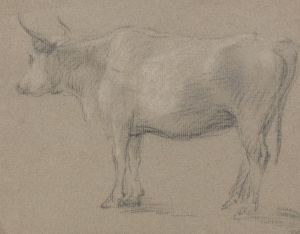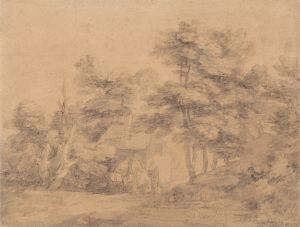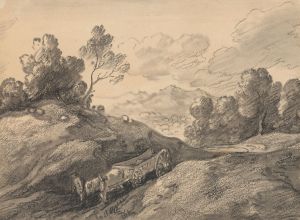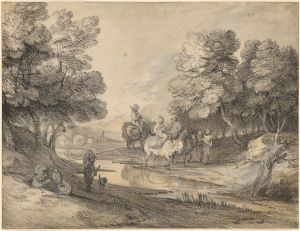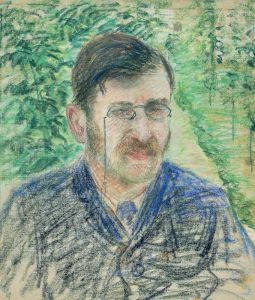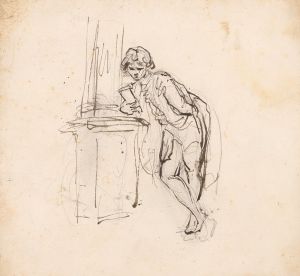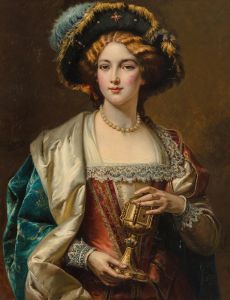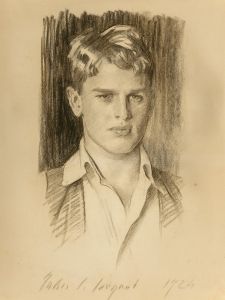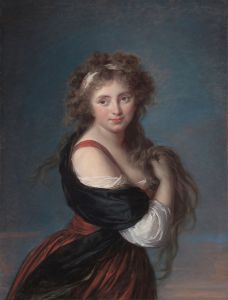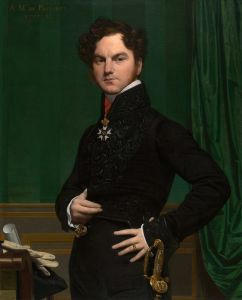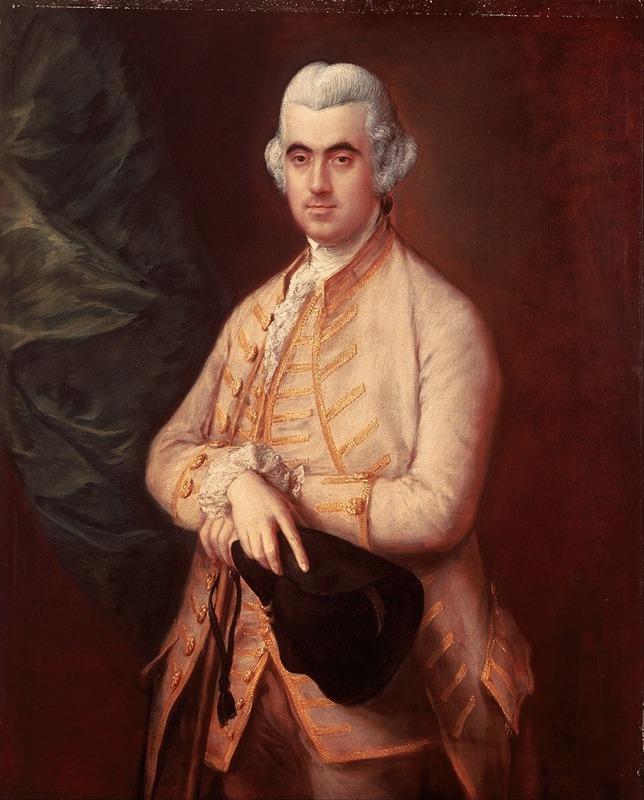
Sir Robert Clayton
A hand-painted replica of Thomas Gainsborough’s masterpiece Sir Robert Clayton, meticulously crafted by professional artists to capture the true essence of the original. Each piece is created with museum-quality canvas and rare mineral pigments, carefully painted by experienced artists with delicate brushstrokes and rich, layered colors to perfectly recreate the texture of the original artwork. Unlike machine-printed reproductions, this hand-painted version brings the painting to life, infused with the artist’s emotions and skill in every stroke. Whether for personal collection or home decoration, it instantly elevates the artistic atmosphere of any space.
Thomas Gainsborough, one of the most prominent British portrait and landscape painters of the 18th century, is known for his distinctive style and contribution to the art world. Among his numerous works, the portrait of Sir Robert Clayton stands out as an example of his skill in capturing the character and status of his subjects.
Sir Robert Clayton (1629–1707) was a notable figure in 17th-century England, known for his roles as a banker, politician, and philanthropist. He served as the Lord Mayor of London and was a Member of Parliament. Clayton was also a benefactor to various charitable causes, which contributed to his esteemed reputation. His prominence in society made him a fitting subject for a portrait by Gainsborough, although it is important to note that Gainsborough was born in 1727, long after Clayton's death. Therefore, any portrait of Sir Robert Clayton by Gainsborough would be a posthumous depiction, possibly based on earlier images or descriptions.
Gainsborough's portraits are celebrated for their elegance and the artist's ability to convey the personality and social standing of his sitters. His technique often involved loose brushwork and a keen attention to the play of light and shadow, which brought a sense of vitality and immediacy to his paintings. While specific details about the portrait of Sir Robert Clayton by Gainsborough are scarce, it can be inferred that Gainsborough would have employed his characteristic style to render Clayton with dignity and poise, reflecting his status and contributions to society.
Gainsborough's work is often contrasted with that of his contemporary, Sir Joshua Reynolds, who was known for his more formal and grandiose style. Gainsborough preferred a more naturalistic approach, focusing on the subtleties of expression and the individuality of his subjects. This approach would have been well-suited to capturing the essence of a figure like Sir Robert Clayton, whose life and work left a significant impact on the society of his time.
The portrait of Sir Robert Clayton by Gainsborough, like many of the artist's works, would have been intended for private display, likely commissioned by Clayton's descendants or admirers who wished to honor his legacy. Portraits during this period were not only a means of preserving likenesses but also served as symbols of wealth, power, and influence.
In summary, while specific information about the portrait of Sir Robert Clayton by Thomas Gainsborough is limited, the context of Gainsborough's career and artistic style provides insight into how such a work might have been conceived and executed. Gainsborough's ability to capture the essence of his subjects would have made him an ideal choice to portray a figure of Clayton's stature, ensuring that his legacy was preserved through the medium of portraiture.





